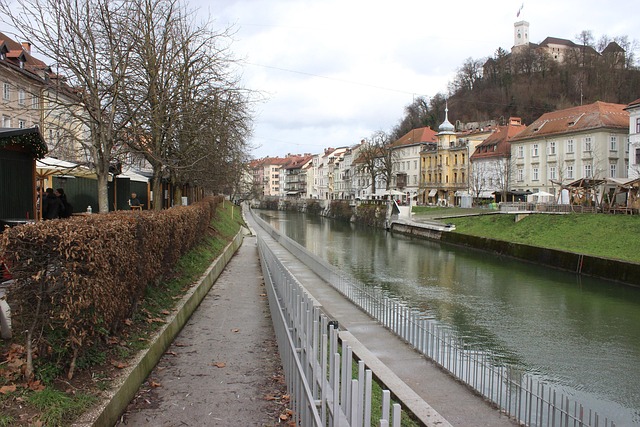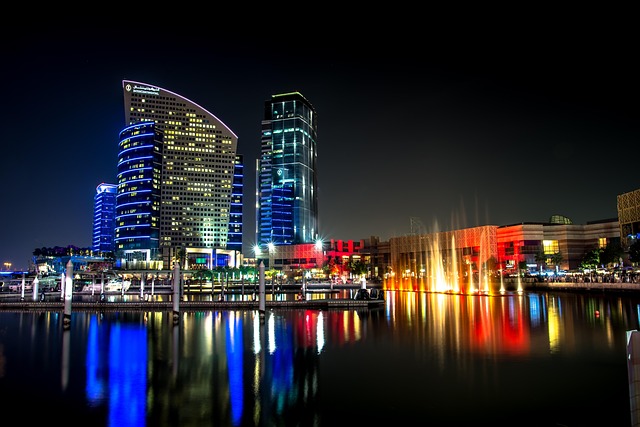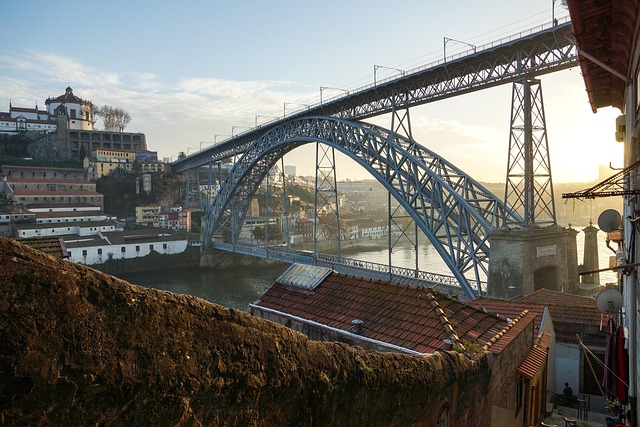Jinnah Avenue, a vital route in Karachi, faces challenges with poor road infrastructure due to heavy traffic and inadequate planning, impacting mobility, safety, and economic growth. The avenue struggles with potholes, uneven surfaces, and insufficient drainage systems, leading to prolonged travel times and increased accident risks. To resolve these issues, Karachi's authorities should prioritize road maintenance, allocate more funds, implement advanced traffic management systems, and enhance lighting and signage for safer navigation, ultimately improving the city's overall urban well-being.
“Jinnah Avenue, a vital arterial road in Karachi, serves as the city’s backbone, connecting diverse neighborhoods. However, its current state of infrastructure poses significant challenges for drivers and commuters. This article delves into the understanding of Jinnah Avenue’s role, explores the issues plaguing its road conditions, and presents potential solutions to enhance future improvements. From pot holes to traffic congestion, Karachi’s bustling hub demands attention for a smoother, safer travel experience.”
- Understanding Jinnah Avenue: A Major Arterial Road in Karachi
- Current State of Road Infrastructure on Jinnah Avenue
- Challenges and Issues Faced by Drivers and Commuters
- Potential Solutions and Future Improvements for Better Road Conditions
Understanding Jinnah Avenue: A Major Arterial Road in Karachi

Jinnah Avenue, a major arterial road in Karachi, is a vital backbone of the city’s transportation network. It stretches across the heart of the metropolis, connecting key commercial, residential, and administrative hubs. This bustling thoroughfare is not just a route; it’s a vibrant tapestry of activity, where folks from all walks of life navigate their daily commutes. In terms of road conditions, Jinnah Avenue presents both strengths and challenges, reflecting the dynamic nature of Karachi itself.
While parts of the avenue boast well-maintained asphalt, others struggle with potholes and uneven surfaces, presenting a test for drivers and cyclists alike. However, the road’s significance in the city’s infrastructure cannot be understated, as it facilitates the hustle and bustle that defines Karachi’s vibrant atmosphere. In light of the above, efforts to enhance and maintain Jinnah Avenue are crucial for ensuring the smooth flow of traffic and the overall well-being of the metroplex.
Current State of Road Infrastructure on Jinnah Avenue

Jinnah Avenue, one of Karachi’s primary thoroughfares, currently faces significant challenges in its road infrastructure. The avenue, known for its bustling traffic and vital role in connecting various parts of the city, has seen better days. Potholes, uneven surfaces, and inadequate drainage systems have made commuting a frustrating experience for residents and visitors alike. These issues not only impede smooth traffic flow but also pose potential safety hazards, especially during adverse weather conditions.
The current state of Jinnah Avenue reflects broader urban challenges in Karachi, where rapid urbanization has outpaced the development of road networks. Despite efforts to maintain and repair the avenue over the years, the constant strain from heavy traffic and lack of comprehensive planning have contributed to its deterioration. Addressing these problems is crucial for enhancing mobility, ensuring public safety, and fostering economic growth in Pakistan’s largest metropolis.
Challenges and Issues Faced by Drivers and Commuters

Jinnah Avenue, a major thoroughfare in Karachi, presents unique challenges for drivers and commuters due to several factors. The constant flux of vehicles, both private and commercial, often leads to heavy traffic congestion, especially during peak hours. This not only causes frustration but also increases travel time significantly, impacting the daily routines of many.
Moreover, the road conditions themselves are a concern. Potholes and uneven surfaces are common, posing risks to vehicle damage and contributing to accidents. Lack of proper signage and inadequate lighting in certain areas further complicates navigation, making it especially hazardous during the night. In light of these issues, it’s crucial for authorities to address these challenges through regular maintenance, improved infrastructure, and enhanced safety measures to ensure a smoother and safer journey for all road users in Karachi.
Potential Solutions and Future Improvements for Better Road Conditions

To improve the road conditions on Jinnah Avenue in Karachi, several potential solutions and future improvements can be implemented. One key strategy is to enhance road maintenance and repair programs, ensuring regular paving, sealing, and patching to mitigate potholes and rough surfaces. This can be accomplished through increased budgeting by local authorities and more efficient project management.
Additionally, introducing advanced traffic management systems could significantly improve Jinnah Avenue’s flow. This includes implementing smart signal timings based on real-time traffic data, installing electronic message boards for better communication, and integrating CCTV cameras to monitor and regulate traffic. These measures will not only reduce congestion but also enhance overall road safety in Karachi.
Jinnah Avenue, a vital arterial road in Karachi, faces challenges that impact drivers and commuters daily. The current state of the infrastructure highlights the need for urgent improvements to ensure safer and smoother travel. By addressing the identified issues and implementing potential solutions, the city can enhance the road conditions on Jinnah Avenue, ultimately benefiting the people of Karachi and fostering a more efficient transportation network. These future improvements are essential steps towards revolutionizing urban mobility in the bustling metropolis.

Leave a Reply